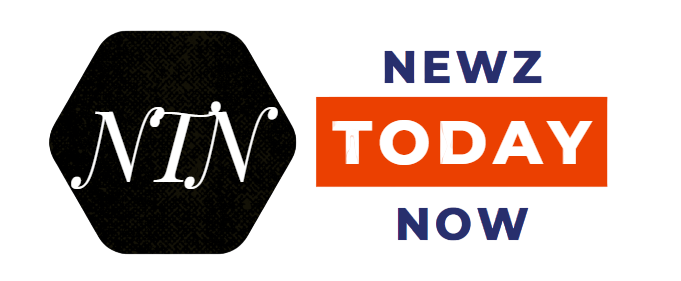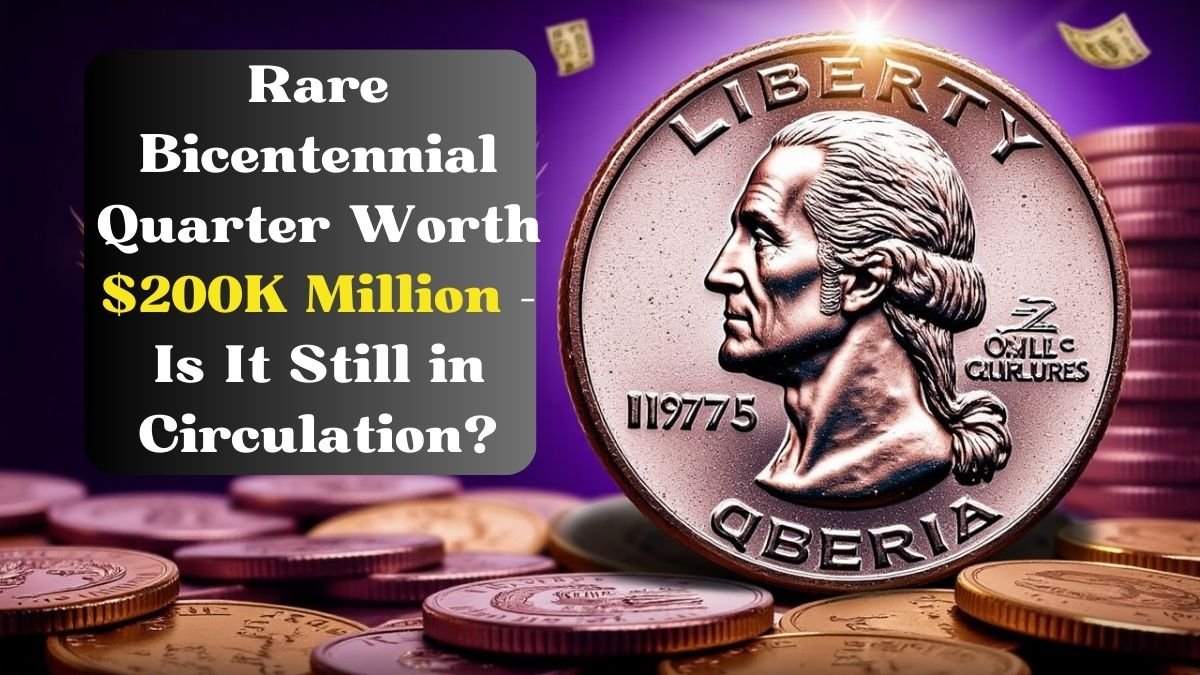One of the most special coins in numismatics history is the United States Bicentennial quarter, minted for two years, 1975 and 1976. While the majority of these Bicentennial quarters are ordinary coins valued at face value alone, rarer types can bring in a pretty penny: sometimes even as much as $200,000 or more at auction. In this article we’ll explore the reasons behind this high value, which Bicentennial quarters are considered particularly valuable, and how much they are currently in circulation.
Understanding the Bicentennial Quarter
The Bicentennial quarter has a unique design that differs from the common Washington quarter. Its key elements are as follows:
Obverse: It shows the left-facing profile of George Washington, consistent with the usual design.
Reverse: Features a colonial drummer boy with a flaming torch, surrounded by 13 stars, symbolizing the original colonies.
Dual Date: Struck “1776-1976,” denoting the country’s bicentennial anniversary.
Reasons Contributing to Worth
There are several reasons that can make Bicentennial quarters more
- valuable: Minting errors: If coins have minting errors, such as double die obverses (where details of the design appear double due to a minting mistake), these coins are very popular among collectors.
- Composition: Most Bicentennial quarters were made up of copper-nickel clad but some were minted with 40 percent silver, which makes them more valuable.
- Condition: Highly recognized coins, even extremely good, unworn, can fetch higher prices.
- Rarity: Some coins, by the virtue of being produced in a low issue or having specific characteristics, are rarer types.
Notable High-Value Bicentennial Quarters
Some Bicentennial quarters have fetched surprising prices at auction:
| Coin Type | Description | Approximate Value |
|---|---|---|
| 1976-S Proof Bicentennial Quarter | Struck with 40% silver, featuring a mirror-like finish. | Over $200,000 |
| 1976-D Double Die Obverse Quarter | Doubling effect on the obverse due to a minting error. | Approaching $200,000 |
| 1976-S Silver Clad Bicentennial Quarter | Made from 40% silver; part of special collector’s sets. | Varies based on condition |
| High-Grade 1976-S Bicentennial Quarter | In excellent condition with original luster and detail. | Above $200,000 |
| 1976-D Mint State Bicentennial Quarter | Uncirculated coins from the Denver Mint with sharp details and brilliant shine. | Sometimes exceeding $200,000 |
Currently in Circulation Condition

The majority of Bicentennial quarters are now widely circulated despite their high value. Nearly two billion Bicentennial quarters were produced at the U.S. Mint facilities so these coins can be found throughout the country. Coin versions which contain minting errors or are in near-perfect condition constitute a very small percentage of all Bicentennial quadripartite coins. You can find common Bicentennial quarters in general circulation but they have no higher monetary value beyond their face quarter-dollar value.
How to Identify Valuable Bicentennial Quarters
To determine if a Bicentennial quarter is of significant value, the following steps can be taken:
- Check the mint mark: This information is right below Washington’s ponytail on the front side. Coins marked with the San Francisco mint are of the type known as “S” mint designation, while coins made in Denver bear a “D” mint mark and Philadelphia coins do not carry a mint mark.
- Check the silver content: Complete silver edges are visible on silver-clad coins, while copper-nickel-clad coins feature a copper border around their edges.
- Check for minting errors: You can evaluate design elements using a magnifying tool to find cases of detail doubling or other irregularities.
- Assess condition: coins displaying minimal wear without any discoloration and free of scratches sell for a premium price. Obtain professional grading to ensure an accurate appraisal of your collection.
Caring for precious coins
When you discover a potentially valuable Bicentennial quarter:
- DO NOT CLEAN It can damage your coin and depreciate its value.
- Store it safely Place the coin in a protective capsule to prevent damage.
- Professional grading: Get graded by a reputable coin dealer or grading service.
While most Bicentennial quarters are only worth their face value, rare ones with minting errors, silver content, or being in an excellent condition can go as high as $200,000. Care should be taken by collectors and enthusiasts because such valuable coins may sometimes be purchased in routine transactions.

